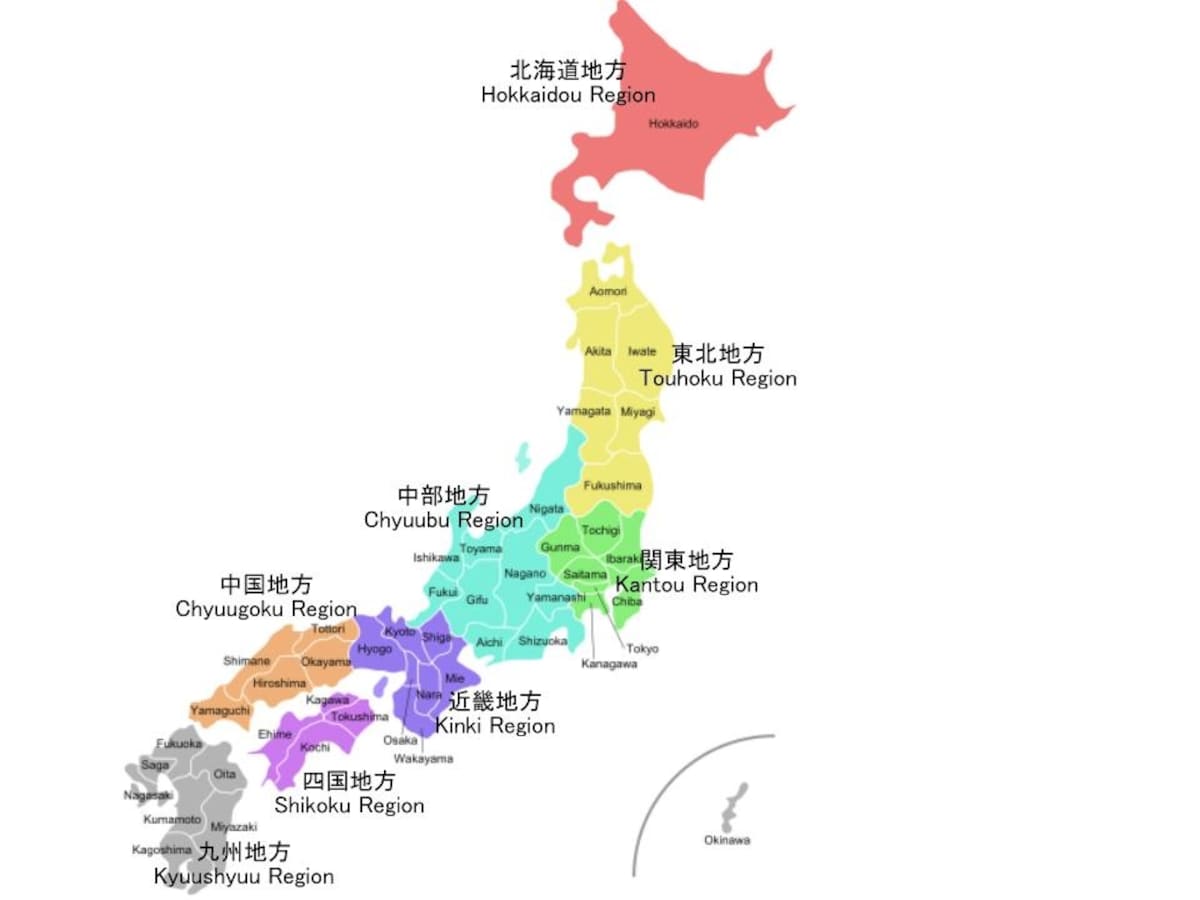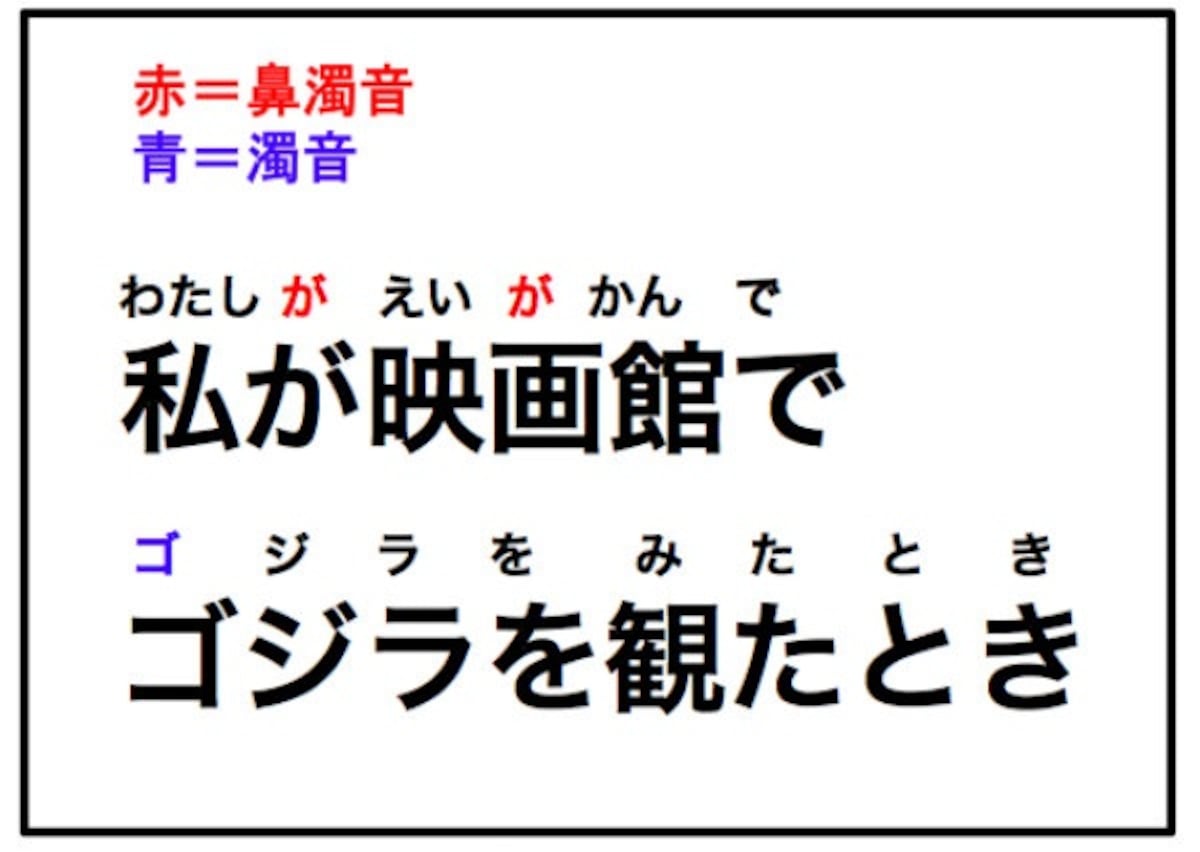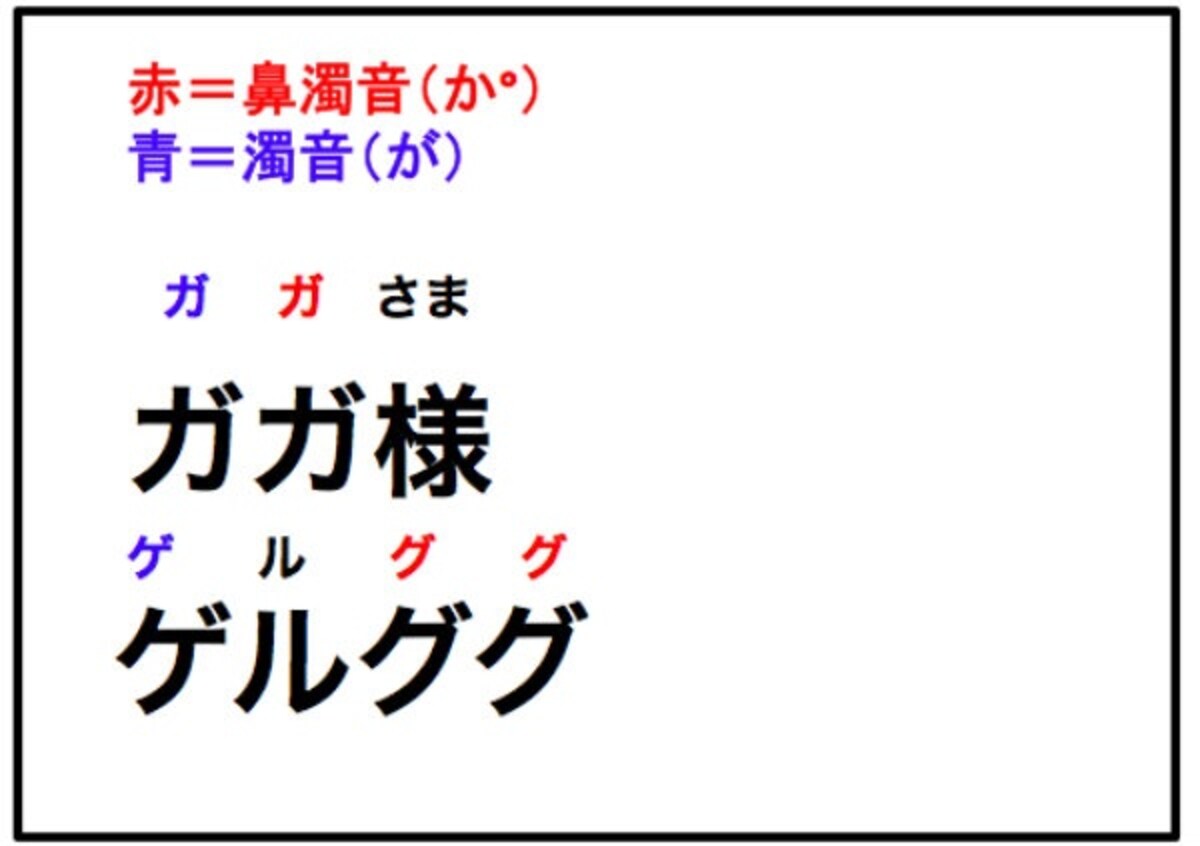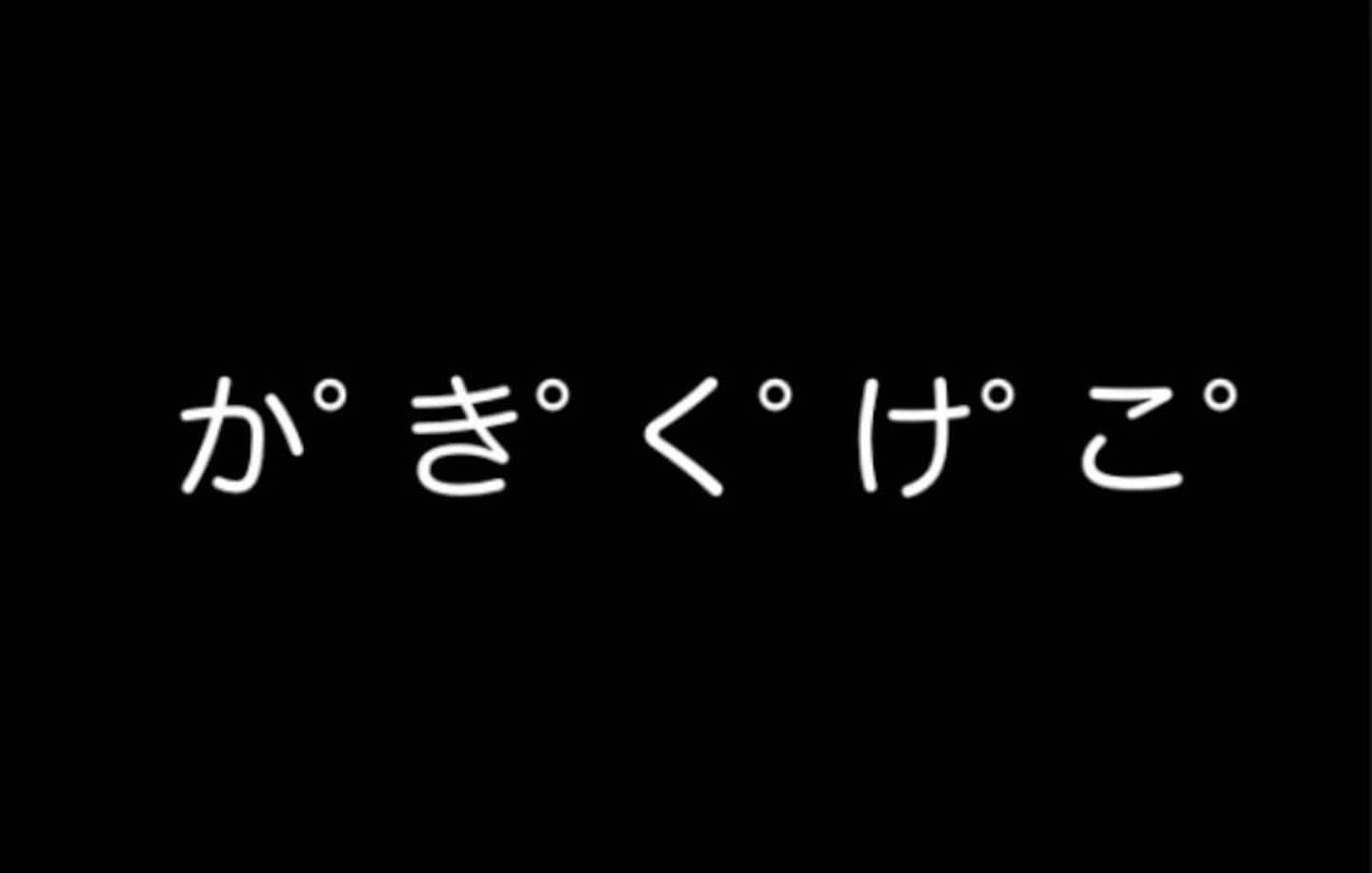Think You Know All the Hirgana Characters?
If you’ve studied Japanese, then chances are you’ve seen the voicing marks (tenten in Japanese) that go above some hiragana. You’ve also probably encountered the little circles (maru in Japanese) that go above the hiragana for ha, hi, fu, he, ho, turning them into pa, pi, pu, pe, po.
By SoraNews24Above is ka, ki, ku, ke, ko seen with the added voicing marks turning the hiragana characters into ga, gi, gu, ge, go.
But something you might’ve never seen before is the little circles being used with other hiragana, namely ka, ki, ku, ke, ko. These represent voiced nasal sounds and are pronounced similar to: nga, ngi, ngu, nge, ngo.

http://www.evanseasyjapanese.com/political-map-prefectures-and-regions.html
If you've studies Japanese you might be wondering where are these hiragana used? And if they’re so cool, why aren’t students of language ever taught them?
Good questions! These voiced nasal sounds are mostly exclusive to the Eastern dialect of Japan in the Kanto and Tohoku regions (Tokyo, Fukushima, Aomori, etc.). In the Western regions (Hiroshima, Kyushu, etc.), the voiced nasal sounds don’t exist, and they somehow get along just fine with only ga, gi, gu, ge, go.

http://en.rocketnews24.com/2016/08/25/only-one-out-of-five-japanese-people-can-pronounce-these-hiragana-can-you/
Since Tokyo Japanese is considered “standard” Japanese, news anchors and announcers have to go through rigorous voice training programs to ensure that they’re giving the “correct” nasal touch to their voiced sounds.
So if you want to sound like a fancy Tokyo-ite, then above is a handy guide to when ga, gi, gu, ge, go should turn into nga, ngi, ngu, nge, ngo. Red represents the voiced nasal (ng), and blue represent the normal voiced (g).

http://en.rocketnews24.com/2016/08/25/only-one-out-of-five-japanese-people-can-pronounce-these-hiragana-can-you/
The voiced nasal is used for the particle ga, and for every ga, gi, gu, ge, go sound that doesn’t come at the beginning of a word.
https://www.youtube.com/watch?v=amscTH7z3iM
For the evolution of how nga became ga skip to 1:40 to see how the red circles (normal g) has been invading from the west to take over the green circles (nasal ng) over the past 50 years.
Aside from those undergoing announcer training though, most Japanese people never encounter these bizarre-looking hiragana, and that’s why students of Japanese aren’t taught them.
It makes sense though. In the U.S., we don’t usually take dialect differences into account when spelling English either: “aunt” is spelled the same even in places that pronounce it as “ant,” and “soda” is spelled the same even in places that pronounce it as “pop.”
According to Japanese linguists, the voiced nasal has been slowly dying off, being replaced by the normal voiced sounds that we’re all familiar with. At this rate it might not be too much longer before they’re extinct sounds.
Related Stories:
Learn Japanese through ridiculous manga: A Tick on Titan
Learn Japanese through ridiculous manga: Narutoe
Seven mistakes foreigners make when speaking Japanese and how to fix them




